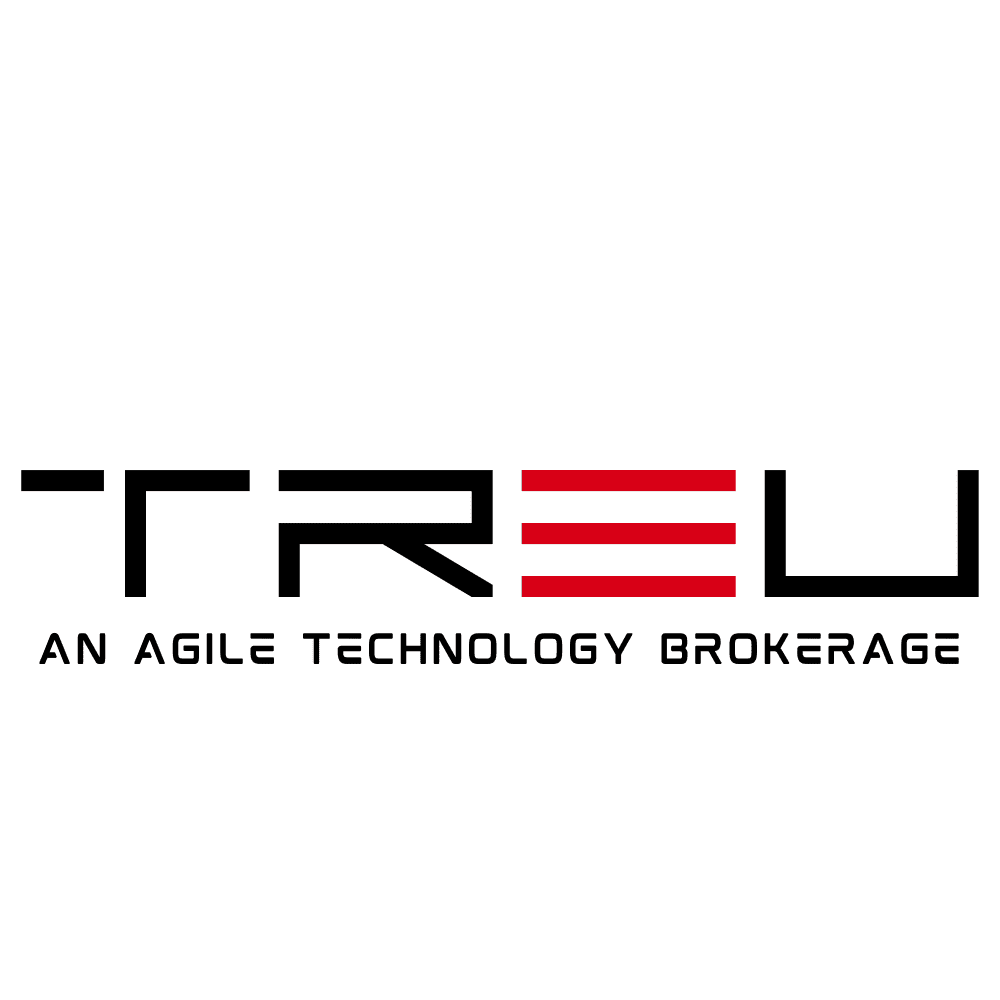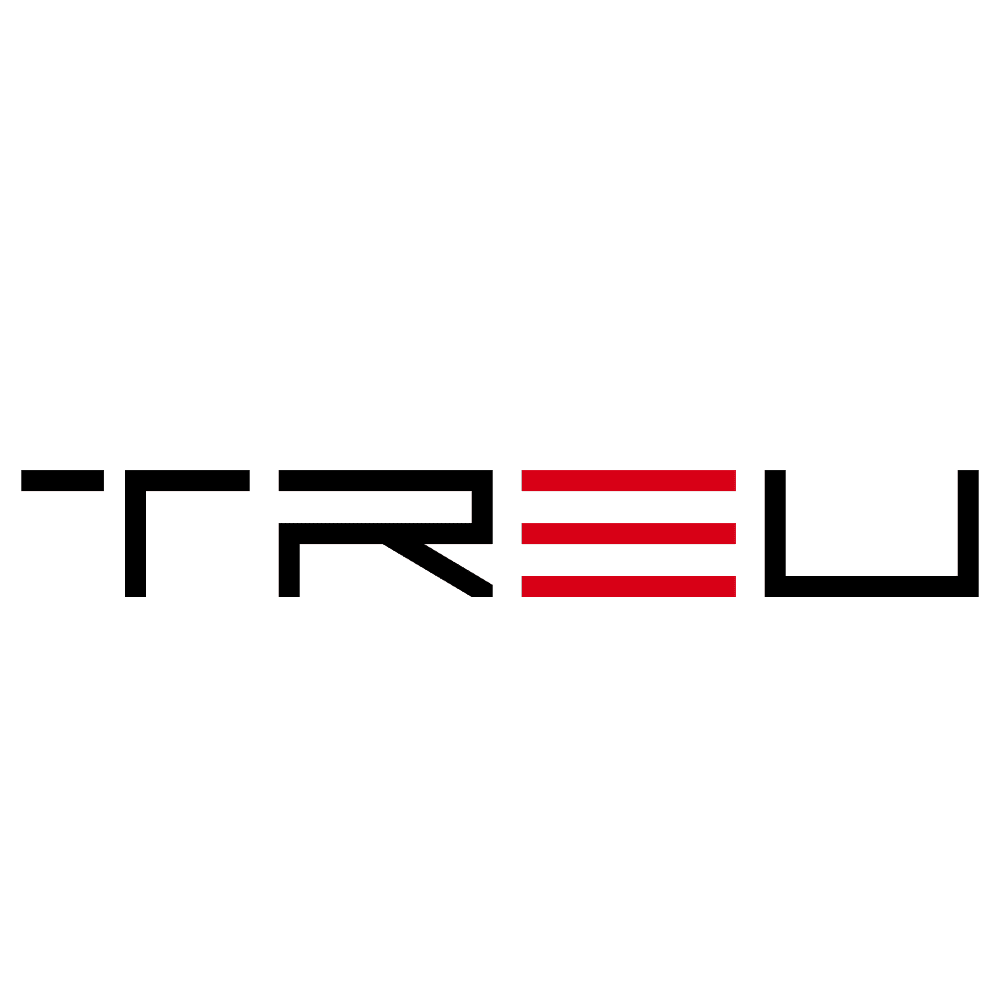Crafting a Successful FinOps Strategy for Cloud Cost Optimization
In the age of digital transformation, organizations are increasingly migrating to the cloud not only for scalability and agility but also for cost-efficiency. However, as cloud usage scales across teams, so do the challenges in managing and optimizing expenses. This is where developing a robust FinOps (Financial Operations) strategy becomes invaluable.
FinOps is a cultural practice that blends financial accountability with operational efficiency. It empowers cross-functional teams to collaborate on data-driven spending decisions in the cloud. In this article, we’ll explore how to craft a successful FinOps strategy to maximize value from your cloud investments.
What Is a FinOps Strategy?
A FinOps strategy is an operational model that enables organizations to manage cloud expenditures through shared responsibility across engineering, finance, and business units. The goal is not merely to cut costs, but to allocate resources intelligently in order to deliver quality at scale.
It emphasizes real-time visibility, agility in decision-making, and accountability in usage. Just like DevOps integrates development and operations for faster delivery, FinOps bridges the gap between cloud consumption and financial metrics, fostering a transparent billing culture.
Why FinOps Matters in the Cloud Era
The cloud’s pay-as-you-go model is a double-edged sword. While it offers flexibility, it also opens the door to inefficiencies if not managed properly. Here’s why FinOps should be a priority:
- Brings financial accountability: Teams operate with a better understanding of cloud costs and work toward targeted budgets.
- Enables real-time decision-making: Continuous monitoring allows faster adjustments to usage based on need vs. cost.
- Improves forecasting: Historical usage leads to more accurate projections, reducing financial surprises.
- Encourages collaboration: Engineers, finance teams, and leadership align on shared business goals.
Key Pillars of a Successful FinOps Strategy
To build a winning FinOps strategy, your organization should focus on these core components:
1. Build a Cross-Functional FinOps Team
Like any transformation, FinOps success starts with people. Assemble a cross-functional team that includes:
- Engineering: To implement cost optimization tactics
- Finance: To track costs, create budgets, and analyze ROI
- Product Owners: To ensure any cost-related decision aligns with business priorities
This team is responsible for liaising with business units, defining spending policies, and promoting a culture of cost awareness across departments.
2. Establish a Cloud Cost Governance Framework
Set clear guidelines and constraints on spending limits, access permissions, and usage protocols. A governance blueprint could include:
- Tagging policies: Proper resource tagging for attribution to teams or projects
- Access control: Limiting who can launch instances or alter configurations
- Budget thresholds: Alerting teams when they approach or exceed budgets
Good governance simplifies visibility and prevents budget overruns.
3. Real-Time Monitoring and Reporting
What you can’t measure, you can’t manage. Real-time dashboards allow for near-instantaneous response to spikes or inefficiencies. Invest in cloud cost management tools (such as AWS Cost Explorer, Azure Cost Management, or third-party platforms) to gain clarity on your cloud footprint.
Reports should be:
- Granular: Break down to service, region, and team level
- Customizable: Different teams need different views
- Actionable: Provide intelligent recommendations for rightsizing and reservation purchases
4. Continuous Optimization Process
Optimization isn’t a one-time event — it’s an ongoing process. Your FinOps team should establish a cadence for reviewing expenses and implementing savings measures. Common optimization techniques include:
- Rightsizing resources: Adjusting instance types or decommissioning idle resources
- Purchasing reserved instances or savings plans: Making upfront commitments for predictable workloads to secure discounts
- Auto-scaling: Dynamically matching capacity with usage
- Scheduling: Shutting down non-production environments during off-hours
5. Promote a Cost-Aware Culture
Technology changes won’t stick without a cultural shift. Embed cost performance into engineering KPIs to reward efficient cloud usage. Providing visibility into costs helps all stakeholders own their impact and make informed decisions.
Regular workshops, knowledge sharing sessions, and feedback loops keep cloud costs at the forefront of team consciousness.
Stages of FinOps Adoption
Organizations typically evolve through three FinOps maturity stages:
- Crawl: Visibility is established, basic reporting in place, teams start tracking costs
- Walk: Teams align on budgets, start forecasting, and apply optimization practices
- Run: Full cross-functional integration, predictive analytics, unit economics drive decisions
Progressing through these stages requires both strategic investments and habitual reinforcement of cost awareness across functions.
Common Challenges and How to Overcome Them
Even with the right intentions, FinOps implementations often stumble due to:
- Lack of leadership buy-in: Emphasize ROI and risk mitigation to get executive support
- Inconsistent tagging and attribution: Automate this where possible and audit regularly
- Poor collaboration: Use shared goals and incentives to unite departments
- Tool sprawl: Consolidate platforms and dashboards to one central source of truth
Metrics That Define FinOps Success
Tracking the right KPIs is essential to evaluate the success of your FinOps strategy. Consider measuring:
- Cost per team, application, or business unit
- Percent of idle resources vs. optimized resources
- Forecast accuracy (%)
- Number of automated optimization actions
- Time to detect and resolve cost anomalies
Once measurable, these insights form the basis for continuous improvement in your cloud financial management practices.
Conclusion
A successful FinOps strategy balances cost, speed, and quality by enabling real-time, collaborative cloud financial management. It’s not just about tools, but about embedding a culture where everyone owns cloud cost responsibility.
By forming cross-functional teams, enforcing financial governance frameworks, and using actionable metrics, organizations can unlock the true value of the cloud while avoiding financial sprawl. As with any transformation, the journey begins with small, intentional steps — pace yourself, stay transparent, and evolve continuously.
With a well-crafted FinOps strategy, you won’t just save money — you’ll optimize for growth.

